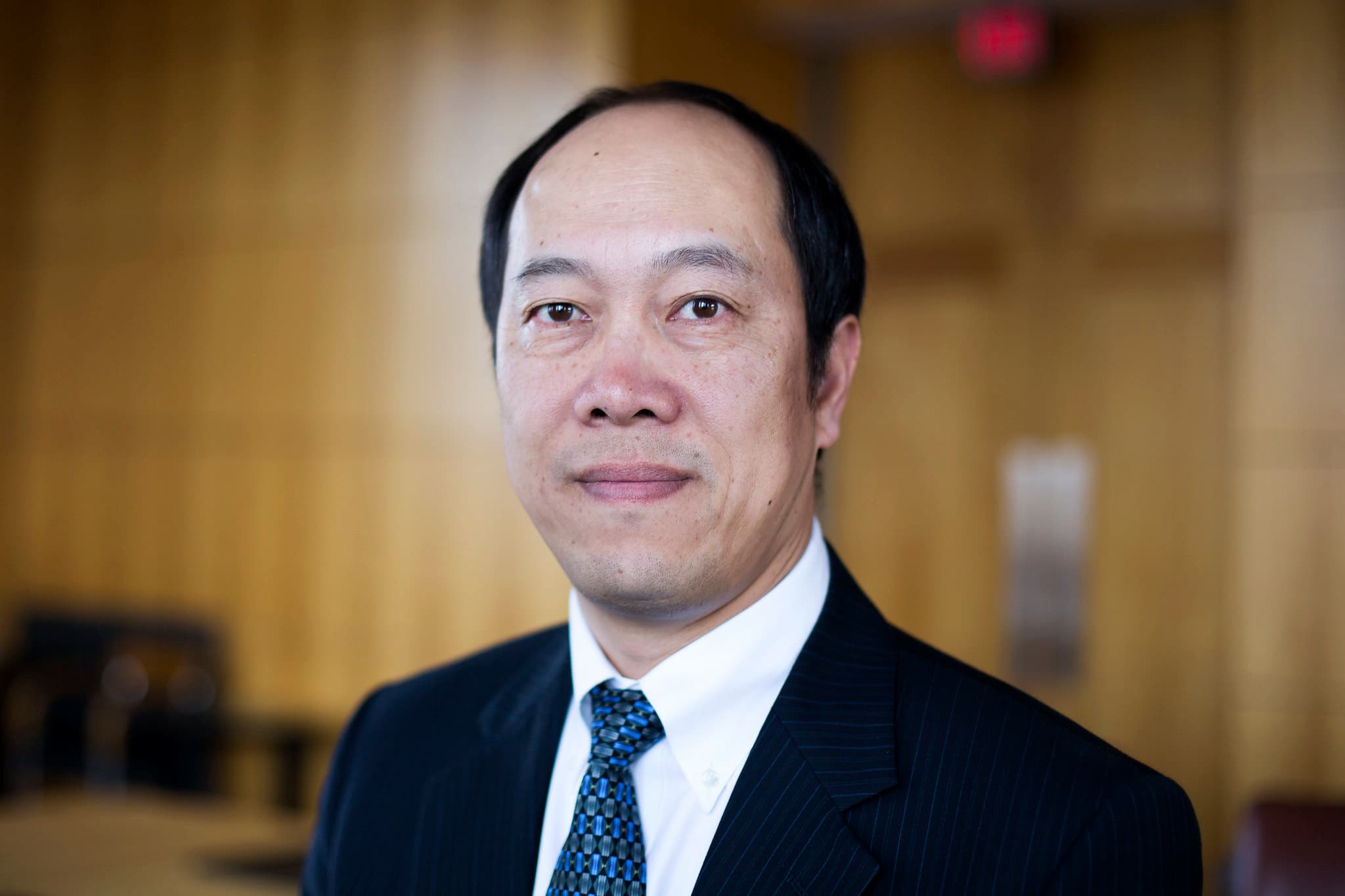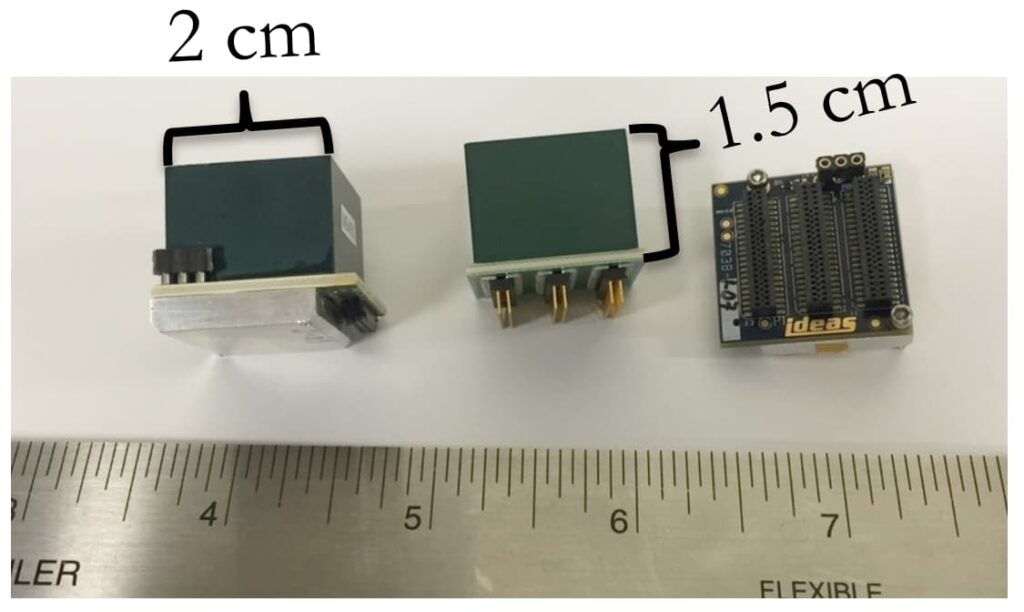
$3.4M for advancement of 3D CdZnTe gamma-ray detector technology
Prof. Zhong He will lead the project aimed at advancing gamma-ray detector tech.

Prof. Zhong He will lead the project aimed at advancing gamma-ray detector tech.
Zhong He, professor of nuclear engineering and radiological sciences, has secured a $3.4 million contract from the Defense Threat Reduction Agency, a division of the U.S. Department of Defense. The funding will propel a cutting-edge research project aimed at advancing 3-dimensional position-sensitive (3-D) CdZnTe gamma-ray detector technology.
Building upon two decades of research and development funded by the Defense Threat Reduction Agency, He’s Orion Radiation Measurement Group has pioneered 3-D CdZnTe gamma-ray detector technology. Successful commercialization through H3D, Inc. has seen the technology deployed in various applications, including Department of Defense national security, nuclear power plants, emergency response by the FBI and DOE communities, and international nuclear inspections by the International Atomic Energy Agency.
CdZnTe, or Cadmium Zinc Telluride, is a semiconductor material that is commonly used as a gamma-ray detector in various applications, including in security systems for screening luggage and cargo for the presence of radioactive materials. The thickness of existing CdZnTe detectors, which is in the range of 1–1.5cm, may face limitations in efficiently detecting higher energy gamma rays, especially those above one megaelectronvolt.
This project will focus on doubling the thickness to 3cm, a development anticipated to significantly enhance detection efficiency and sensitivity for higher energy gamma rays. They plan to show that an array of 3×3 CdZnTe detectors, each with a size of 3×3 cubic centimeters, can offer relative efficiency of more than 100% compared to a 3×3 inch NaI.

He and his team also want to improve current CdZnTe detector’s ability to measure the energy of gamma rays in hotter temperatures up to 140 degrees Fahrenheit. This will be important for field operations in hot environments. Through collaboration with Redlen Technologies, they’ll focus on blocking electrode contacts to reduce leakage current and optimize detector operation conditions. This improvement is expected to result in lighter weight, lower power consumption, smaller form factor, and an extended operational lifetime, eliminating the need for temperature regulation.
The team will also explore the use of 3-D CdZnTe detectors for high-resolution radiography imaging for high-energy X-rays and gamma rays. To do this, they’ll develop ways to reduce background interference in the images—such as back-scattered gamma rays—and use sub-pixel position sensing to make the pictures even clearer.
This funding from the Defense Threat Reduction Agency marks a significant milestone in advancing the capabilities of gamma-ray detectors, offering enhanced detection efficiency, improved energy resolution, and unprecedented applications in radiography imaging. The project aims to raise the Technology Readiness Level (TRL) from 2 to 4 at the end of the 3-year project period, showcasing the department’s commitment to technological innovation and national security.
The Orion research group develops advanced gamma-ray imaging spectrometers based on room-temperature semiconductor detectors with the goal of providing near HPGe performance at ambient temperatures (without cryogenic cooling). These detector systems are critical for applications in national security, nuclear non-proliferation and arms control, homeland security, safety in nuclear power, medical imaging, and fundamental nuclear physics research.
The central theme of our technologies is 3-dimensional position sensing, which has enabled breakthrough energy resolution, real-time imaging capabilities, and room-temperature operation of high-resolution semiconductor gamma-ray detectors.NERS collaborators on the project include Yuefeng Zhu, associate research scientist, James Berry, electronic design engineer, Gianluigi De Geronimo, adjunct research scientist, and graduate student Peter Hotvedt.